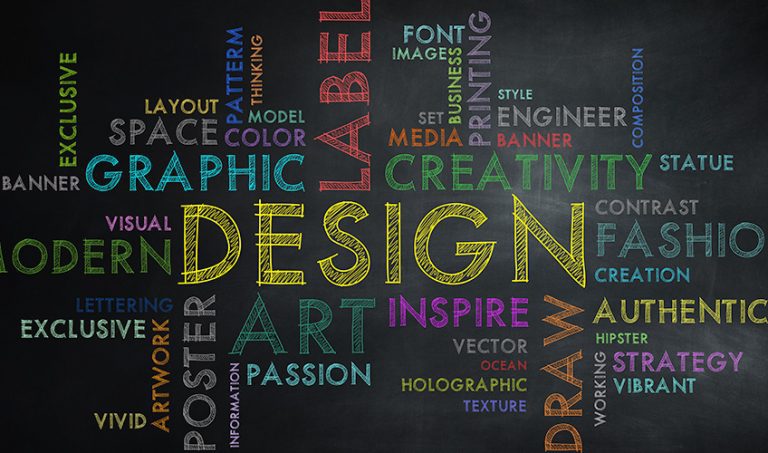Graphic design is an essential aspect of modern communication, bridging the gap between creativity and functionality. Whether you’re a beginner or a seasoned professional, it’s natural to have questions about this dynamic field. In this comprehensive FAQ article, we will address the most frequently asked questions about graphic design, providing you with valuable insights and actionable answers.
- What is graphic design? Graphic design is the art and practice of visual communication. It involves creating and combining images, typography, colors, and illustrations to convey a message or evoke an emotion. Graphic designers utilize various tools and software to design logos, websites, packaging, advertisements, and more.
- What skills are necessary to become a graphic designer? To excel in graphic design, it’s important to possess a blend of artistic and technical skills. Some key skills include a strong sense of aesthetics, proficiency in design software (such as Adobe Creative Suite), understanding of typography and composition, color theory, and the ability to think creatively and solve visual problems.
- What software do graphic designers use? Graphic designers often use industry-standard software like Adobe Photoshop, Illustrator, and InDesign. These tools enable designers to create and manipulate images, vectors, and layouts. Other useful software includes Sketch, CorelDRAW, Canva, and Procreate, depending on the specific design needs.
- What is the difference between raster and vector graphics? Raster graphics are made up of pixels and are resolution-dependent, meaning they can lose quality when scaled up. Common raster file formats include JPEG, PNG, and GIF. On the other hand, vector graphics are composed of mathematical equations and can be infinitely scaled without losing quality. Examples of vector file formats include AI, EPS, and SVG.
- How do I choose the right colors for my design? Color selection is crucial in graphic design as it influences the overall mood, readability, and impact of a design. Consider factors such as the target audience, brand identity, and the intended message when choosing colors. Tools like Adobe Color and coolors.co can help generate harmonious color palettes, while color theory principles like complementary or analogous colors can guide your choices.
- What is the importance of typography in graphic design? Typography plays a significant role in graphic design, as it affects readability, hierarchy, and overall aesthetics. Choose fonts that align with the purpose and tone of the design. Pair fonts wisely, combining contrasting styles (e.g., serif and sans-serif) to create visual interest. Ensure legibility by considering font size, spacing, and line length.
- How do I create a compelling logo? A strong logo represents a brand’s identity and values. Start by researching the company or brand you’re designing for, understanding their target audience and industry. Sketch out multiple logo concepts and refine the chosen one through iterations. Focus on simplicity, memorability, scalability, and versatility to ensure a timeless design.
- What is the role of graphic design in branding? Graphic design is at the core of branding. It helps create a visual identity that distinguishes a brand from its competitors. Logos, color schemes, typography, and other visual elements work together to build brand recognition, evoke emotions, and communicate the brand’s message.
- How can I improve my graphic design skills? Continuous learning and practice are vital for improving graphic design skills. Engage in design communities, attend workshops or webinars, and explore online tutorials. Experiment with different styles, techniques, and projects. Seek constructive feedback and embrace critique to grow as a designer.
- What are the current trends in graphic design? Graphic design trends evolve over time. As of now, some popular trends include minimalist designs, bold and vibrant colors, mixed media and collage styles,








